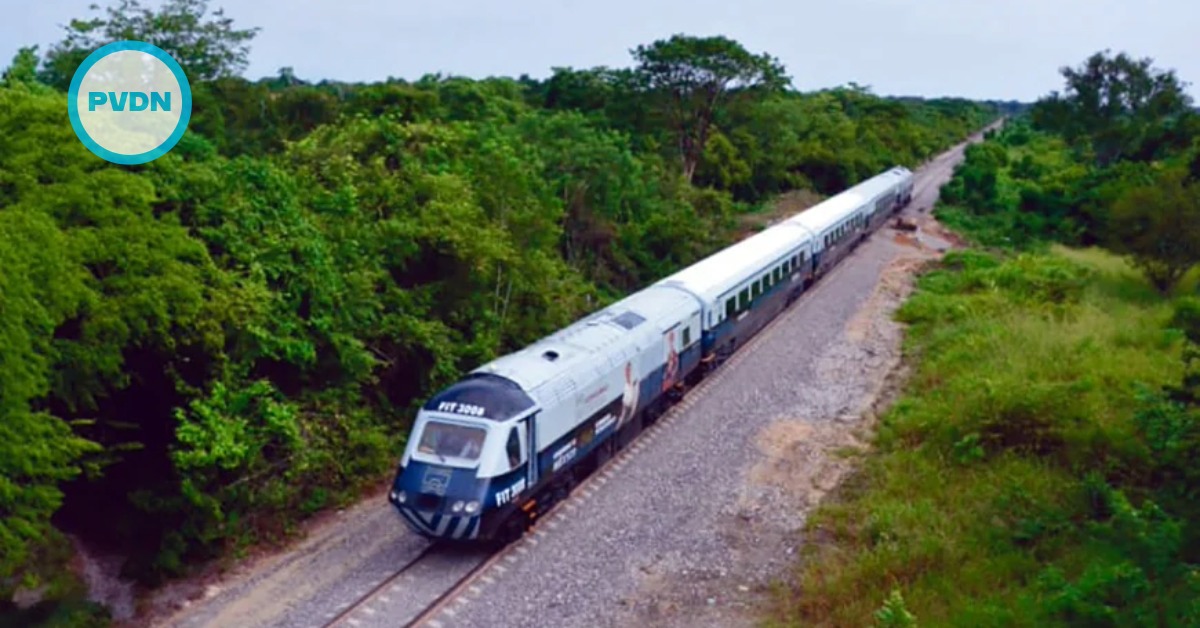There is a gradual slowing of the earth’s rotation so scientists are adding one second to today’s time to counterbalance the phenomenon.
The event known as ‘Leap Second’ has happened 25 times since 1972 without much notice, but lately it has been known to throw many of today’s technology out of sync.
Many people wonder if leap-second is even necessary because it doesn’t impact people and the effects of the earths slowing will not be noticed by time for thousands of years.
With many complex computer systems a change in time by one second can . . .





